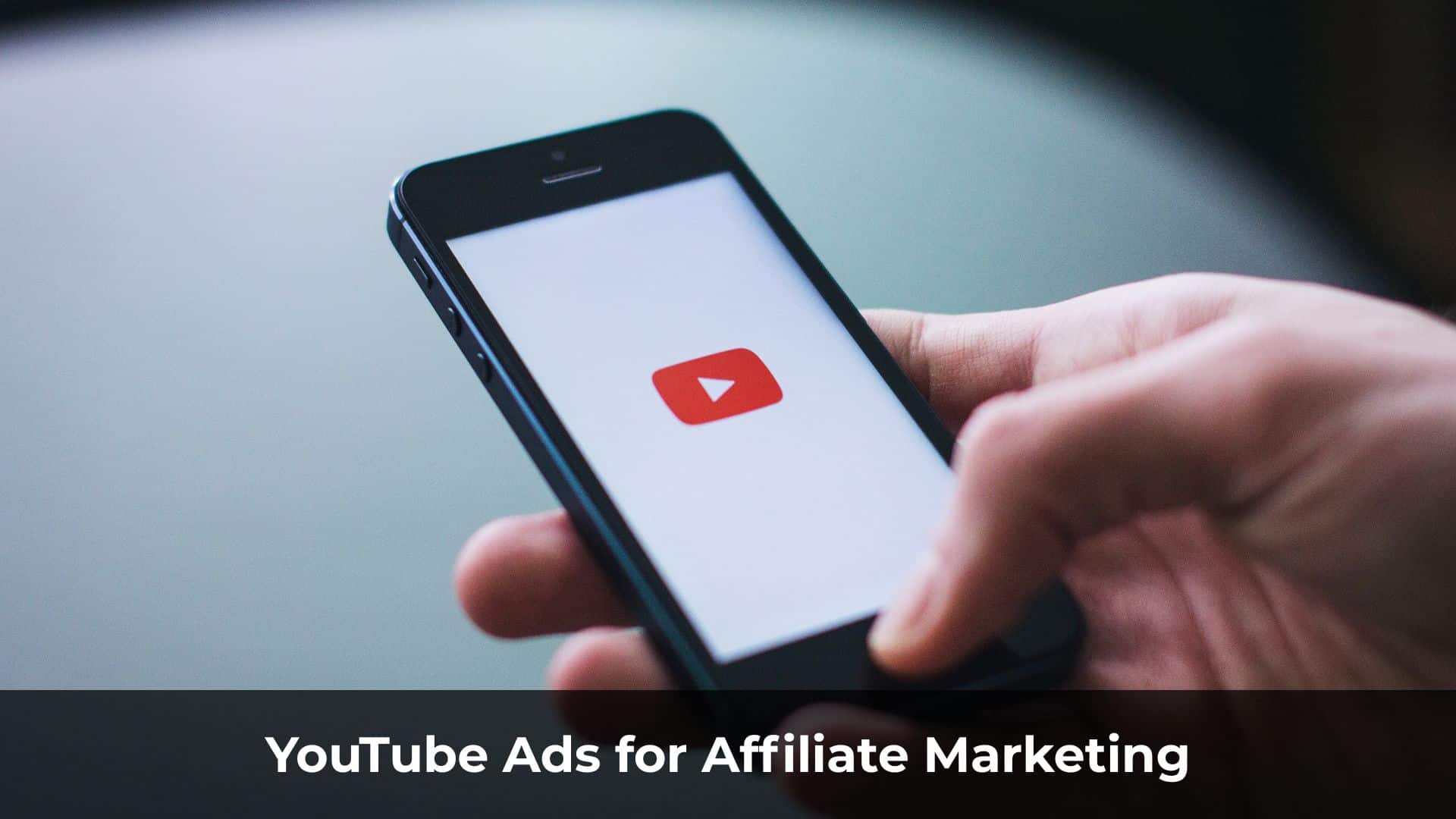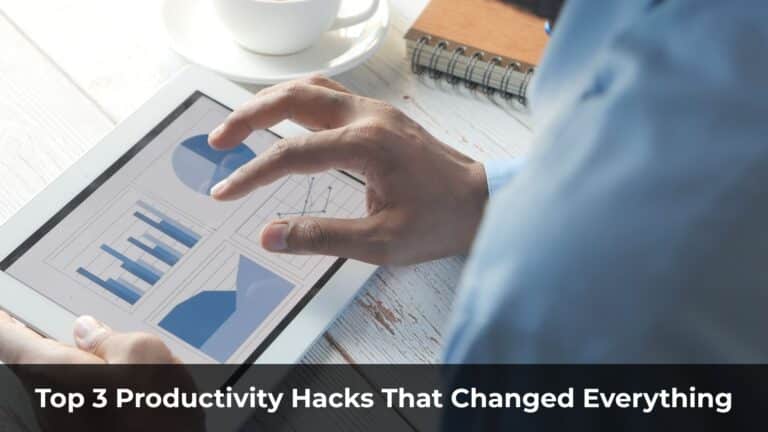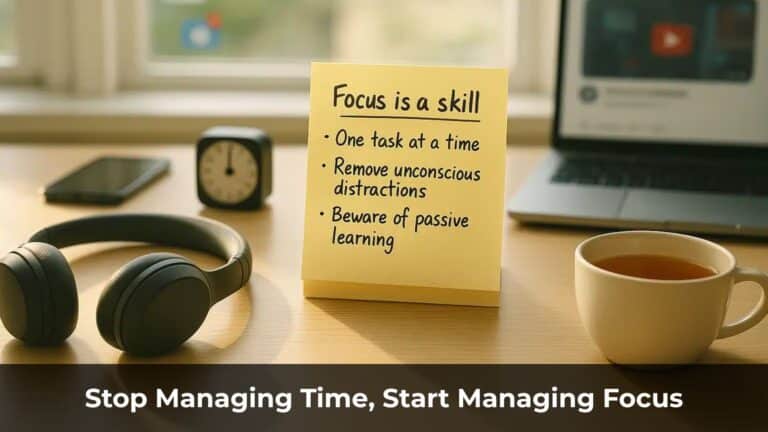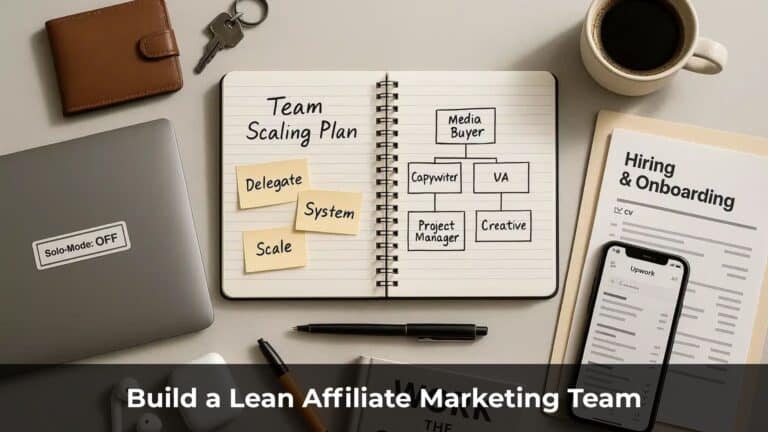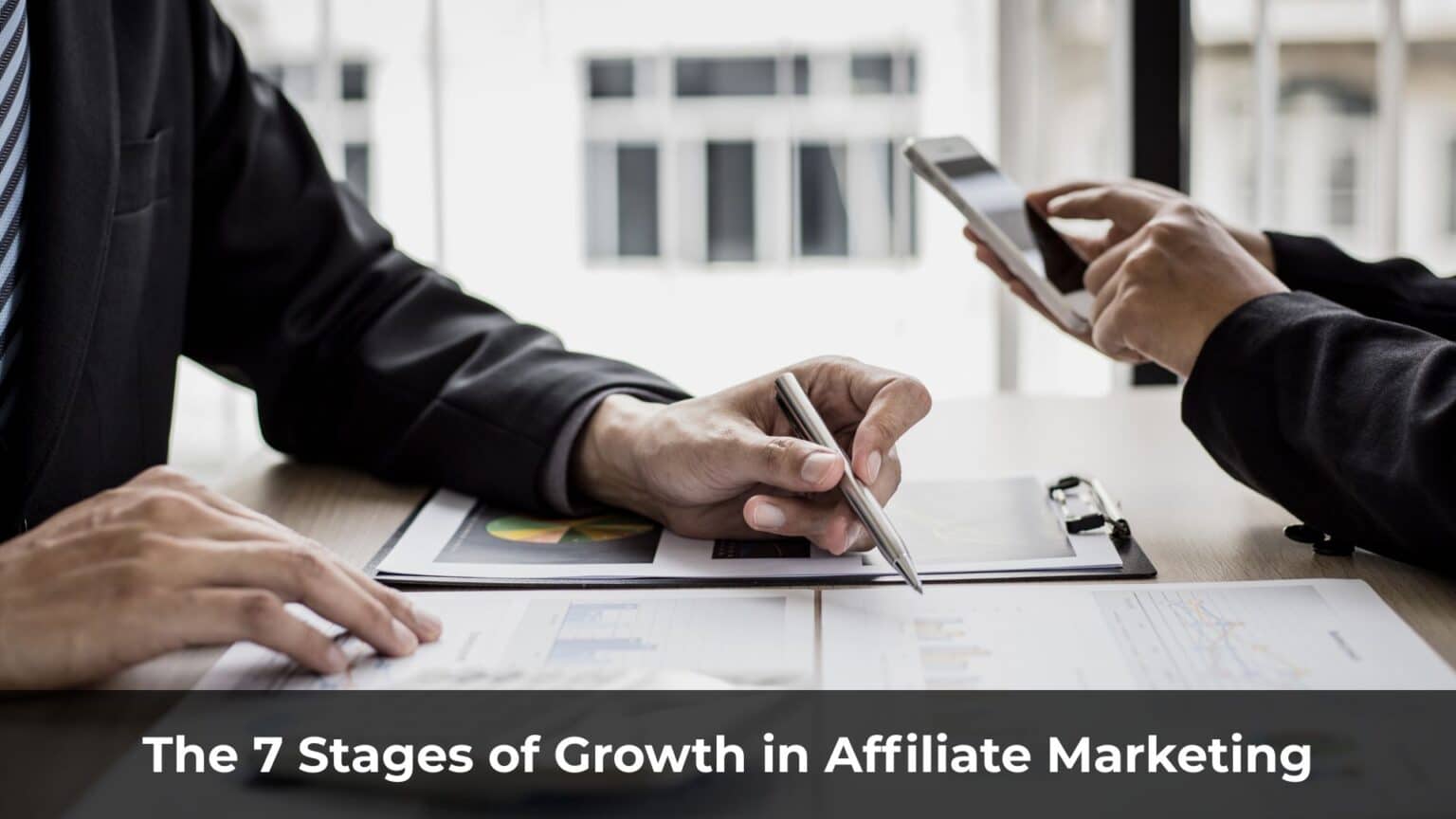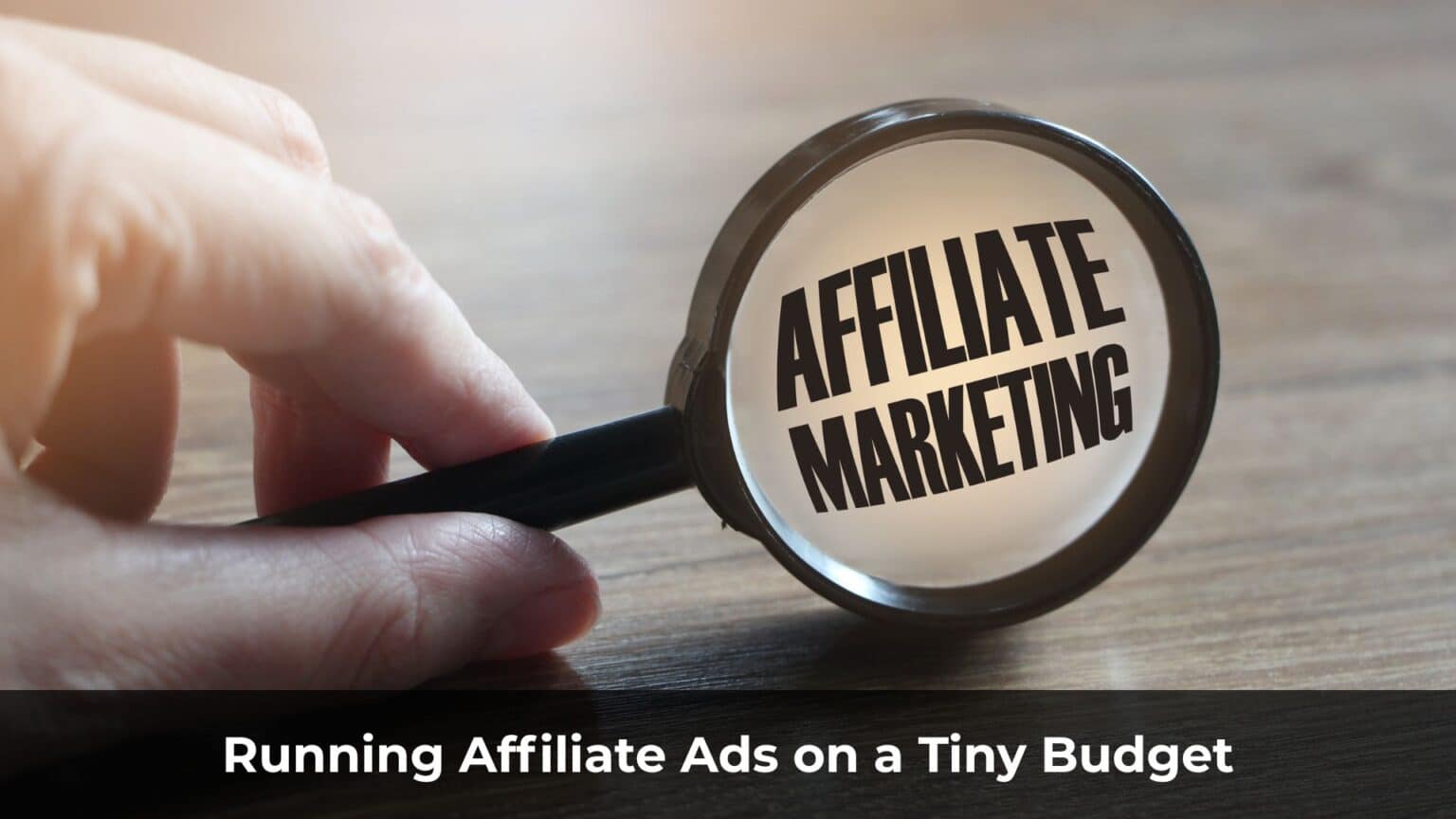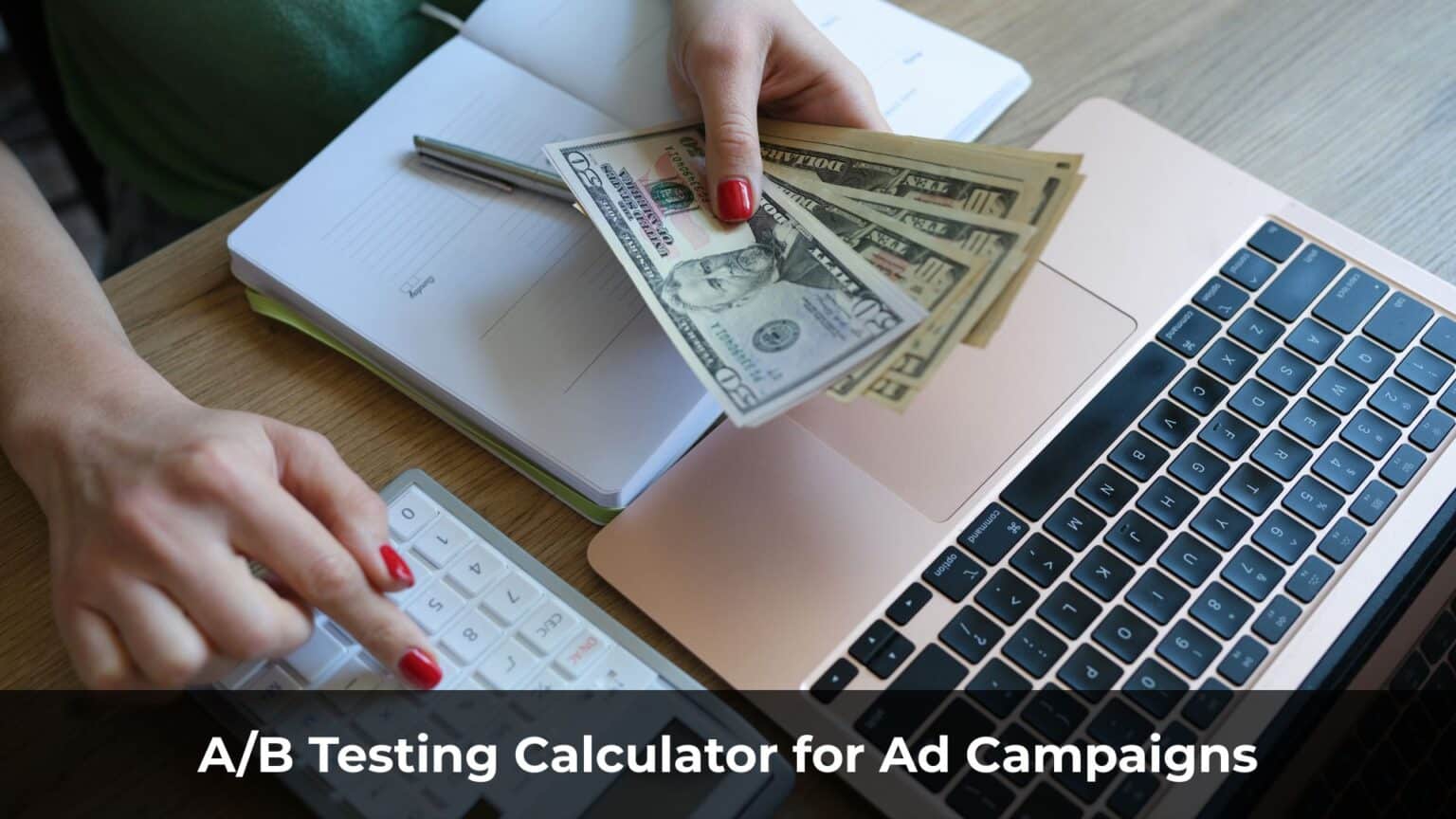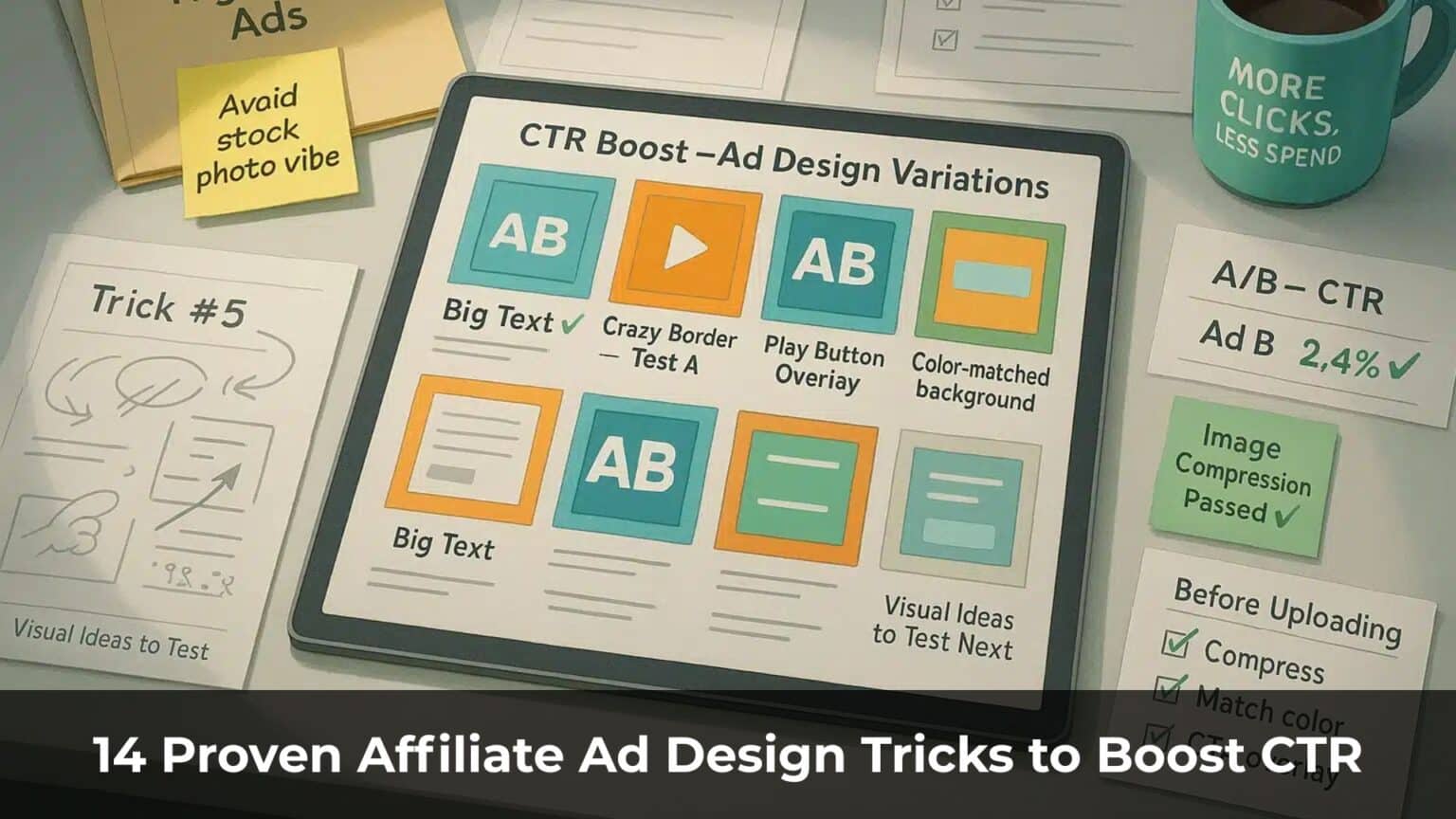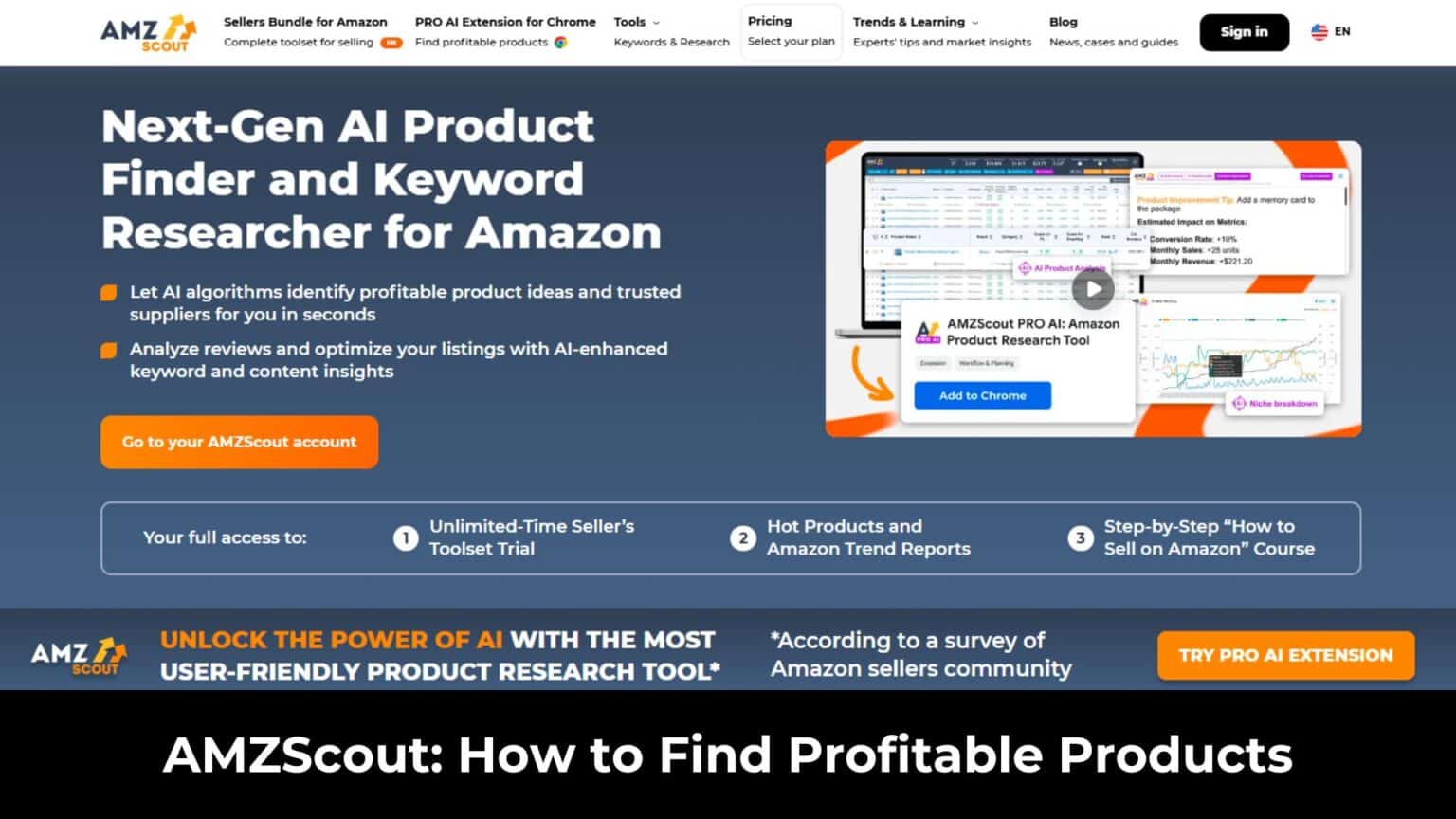Back in 2017, I started learning about affiliate marketing.
No conferences. No mentors. No roadmap.
Just me, an old laptop, and countless late nights reading endless forum threads, sifting through free and paid courses, and watching every random YouTube video I could find.
I had no idea what “EPC” meant. I didn’t understand conversion rates or why everyone kept talking about “pre-landers,” “angles,” or “split testing.”
All I knew was this: people were making money online — and I wanted to try.
Back then, I would handwrite ad copy from other marketers, study every line of email campaigns I received, and try rewriting them in my own words.
My budget was tight, so every ad I launched felt like gambling with money I couldn’t afford to lose.
But over time, I began to realize something important:
In affiliate marketing, mindset beats tools. Every time.
You don’t need to be great from day one. What matters is being willing to learn, to observe, and to keep going when things get tough.
And in this post, I want to share the mindset, thought process, and strategies I wish I had known when I started — so you don’t have to waste years stumbling in the dark like I did.
Table of Contents
ToggleThe “Transfer Principle” – A Way of Thinking That Actually Delivers Results
One of the most powerful lessons I’ve ever learned didn’t come from a course — it came from a Dan Kennedy book.
The idea was simple:
“Take something that works in one place — and apply it somewhere else.”
At first, it sounded obvious. But it took me years to fully grasp the depth of it.
For example:
- A high-converting ad from the U.S. market can be translated and tested in Asia.
- A compelling email can be repurposed into a video script for YouTube Ads.
- A product that’s getting traction on Facebook can be tested on native ads or Rumble — where competition is often lower.
I used to think I had to invent something brand new — that every ad needed to be 100% original. Turns out, that’s not true.
Marketers who understand this “strategy transfer” mindset don’t always try to reinvent the wheel. Instead, they learn to observe the right patterns — and reuse what already works.
Some of the most profitable campaigns I’ve seen succeeded for one simple reason: they took a proven idea and brought it to a new platform, a new market, or a new format.
Once you internalize that, you’ll stop obsessing over “fresh ideas” — and instead start spotting untapped opportunities hiding in plain sight. All by moving what works from one place to another.
That’s not invention. That’s strategic transfer.
And that’s why I started studying campaigns, breaking down their structure, and repackaging the content to test across different traffic sources.
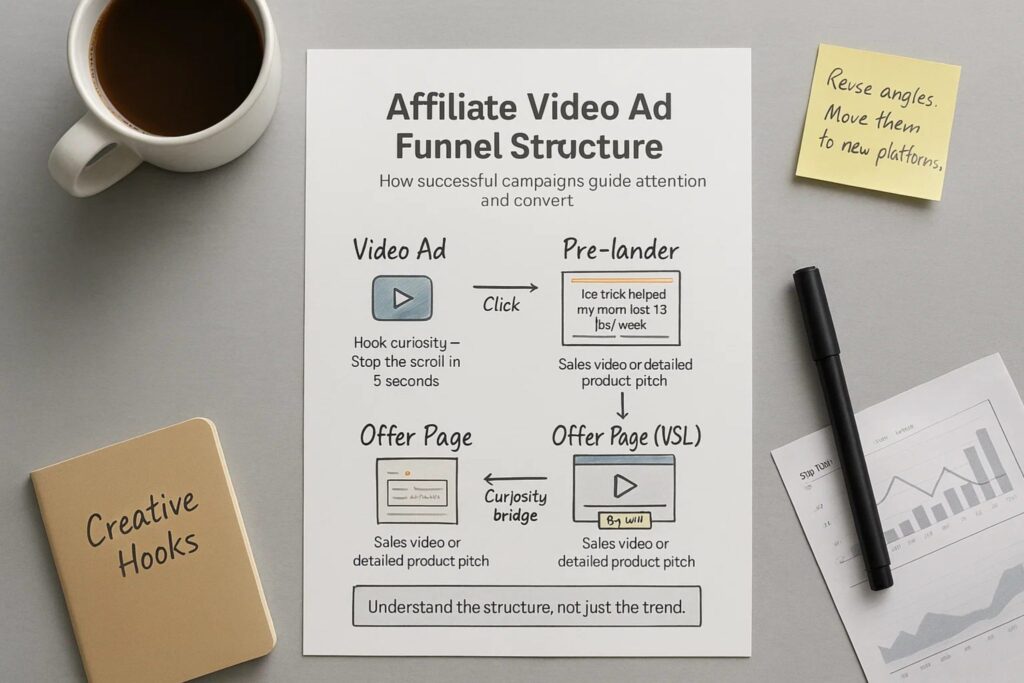
The Proven Structure Behind Profitable YouTube Ad Campaigns
Once I understood the “strategy transfer” mindset, I started analyzing successful YouTube ad campaigns — and a clear pattern emerged.
Turns out, most of them follow a simple, repeatable structure.
And if you’ve done affiliate marketing before, this setup will feel very familiar:
- YouTube Ad (video ad)
- Pre-lander — a bridge page designed to spark curiosity
- Offer page — usually a VSL or structured sales page
The video ad is the make-or-break element. It does 80% of the heavy lifting. It has to be engaging enough to stop people from hitting “Skip,” but not so detailed that it gives everything away. Its real job is to push viewers to the landing page.
The pre-lander acts like a fake news article or a “real person, real story” narrative. It usually reinforces what was shown in the video (or expands slightly), building trust and creating just enough intrigue to make the viewer click through.
And finally, the offer page — where the actual selling happens. This could be a VSL (video sales letter) or a long-form sales page, depending on the product and funnel type.
Simple flow:
Video → Pre-lander → Offer
One classic example? The viral “ice hack weight loss” ad.
- The hook: “My mom lost 30 pounds in just weeks using this weird ice trick…”
- The pre-lander mimics a news-style article covering a “scientific study” on the ice hack
- The VSL then sells the actual weight loss supplement
You don’t need to invent a brand-new ad that no one’s ever seen before.
What you need is to understand the mechanics — and then apply them to your offer.
How to Find Winning Offers — No Guesswork, Just a Proven Process
One of the biggest mistakes I made early on — and one I see many beginners repeat — is choosing offers based on gut feeling.
Someone says Offer A is “hot,” so you run Offer A.
You see people in a group praising Offer B, so you test Offer B.
Sometimes, you pick an offer just because the sales page looks nice — even though you have no clue how the funnel actually works.
And the result? You guessed it: burned ad spend, zero conversions, and crushed confidence.
So, how do you choose the right offer?
After failing more times than I can count, I eventually landed on a few simple, battle-tested principles:

1. Start With the Big 3 Marketplaces
If you’re running YouTube Ads, these are the three affiliate networks you should check first:
- Digistore24
- ClickBank
- BuyGoods
These platforms are packed with VSL-style offers — which are perfect for video ads on YouTube.
You don’t need to scroll for hours. Just look for offers that have:
- A clear, compelling VSL (Video Sales Letter)
- Stable EPC (Earnings Per Click)
- Transparent conversion rate (CR) stats
- Complete promo assets (swipe files, banners, video creatives, etc.)
2. Connect With Affiliate Managers
This step is critical — yet most beginners skip it.
Affiliate managers can:
- Tell you which offers are about to launch
- Reveal what top affiliates are running right now
- Help negotiate higher commission rates
- And most importantly: give you early access to offers before they go public
Once you start building real connections, everything changes.
You’ll stop guessing and scrolling endlessly. Instead, you’ll be invited to test proven, high-converting offers — ahead of the crowd.
3. Set Up a Separate Gmail and Subscribe to Hundreds of Newsletters
It sounds simple, but this is a goldmine for ad research.
Create a throwaway Gmail and start signing up for every niche newsletter you can find — weight loss, joint pain, testosterone boosters, you name it.
You’ll get 5–10 marketing emails per day, straight to your inbox.
Read them. Organize them. And save the ones with:
- Catchy hooks
- Unique angles
- Strong CTAs (calls to action)
You’d be surprised how many winning YouTube ads start from a great email.
4. Use Spy Tools — Don’t Be Cheap
Invest a few bucks in spy tools. It’s worth every cent.
These tools give you a full picture of what’s really happening in the market:
- Adplexity (for YouTube & native ads)
- TubeSift (for analyzing YouTube ads)
- SimilarWeb (for checking traffic sources of offer pages)
When you spy smart and research deep, you’ll discover:
- Which offers are getting heavy push
- Who’s running them — and what angle they’re using
- How they structure their pre-landers and open their video hooks
You don’t need to guess which offers work.
You need a system — and let the data do the talking.
Learn to Write Ads — It’s a Survival Skill in Affiliate Marketing
Here’s a truth I’ve come to believe more and more, the longer I’ve been in this game:
If you can’t write ads, you won’t last with paid traffic.
You can learn the tools, master spy platforms, and set up campaigns like a pro.
You can even outsource pre-landers and hire editors to cut your videos.
But the video hook, the call to action, the way you tell a story that hits the audience emotionally — that part still depends on you.
Whether your campaign wins or fails often comes down to a single line of copy.
And if you’re serious about affiliate marketing, you’ll eventually go through three levels of ad writing mastery:
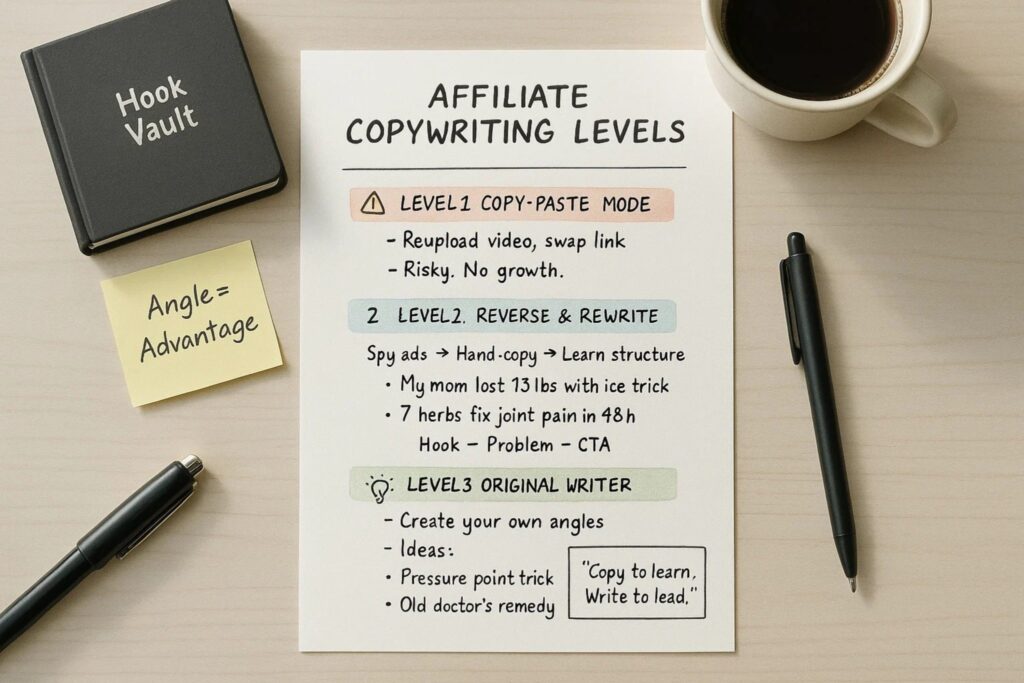
Level 1: The Lazy Shortcut
You copy someone else’s video, swap in your affiliate link, and run the ad.
I’ve done it. And sure — it might get you a few quick wins.
But eventually, you’ll get hit with copyright flags, your ad account will get banned, and worst of all — you’ll learn nothing.
It’s a dead-end path. Not sustainable. Not worth it.
Level 2: The Selectively Lazy Approach
You use spy tools to find ads that are already running, write them down by hand, and study the structure line by line.
In the AI era, most people are becoming even lazier. But without high-level thinking, you won’t be able to guide AI to write great ads for you.
So slow down. Sit with the material. And learn how to write hooks yourself.
Examples:
- “My mom lost 30 pounds in weeks using this weird ice trick…”
- “These 7 herbs can reverse joint pain in just 48 hours…”
Yes — write them by hand. It may sound old-school, but it helps you internalize.
You’ll start to understand how marketers think in angles, how they structure curiosity, and how to lead the viewer toward the click.
Once you’ve written a few, feed them into ChatGPT and ask it to break down the structure:
- Curiosity-driven opening (hook)
- Problem introduction
- Soft CTA
- Final hard CTA
Don’t copy other people’s ads. Repurpose the structure. Write your own message.
Level 3: The Proactive Creator
Once you’re comfortable, start creating your own hooks from scratch.
Forget the “ice hack” — ask yourself:
- What about an “acupressure trick”?
- A “family herbal recipe passed down for generations”?
- A story about a doctor banned for sharing a natural remedy?
Each time you come up with a new angle, jot it down in a private notebook — your personal angle vault for future campaigns.
Recommended Reading
If you want to go deeper, read Great Leads by Michael Masterson.
It doesn’t teach you how to write clickbait.
It teaches you how to write a compelling lead — an opening so strong, your reader can’t look away.
If you’re serious about affiliate marketing, learn to write ads.
This is the one skill that keeps you alive — no matter how platforms change, how algorithms evolve, or how fast AI gets.
Because AI is good at mimicking.
But only you understand your audience.
How to Protect Your YouTube Ad Account When Running Affiliate Campaigns
You might have a great ad.
You might choose the perfect offer.
You might have a high-converting landing page.
But sometimes, all it takes is one small issue — and your entire campaign comes crashing down.
I’ve been there.
- The campaign was profitable.
- The account was clean and fully compliant.
- Everything looked fine…
Until one morning, I woke up to a bright red message:
“Your account is no longer eligible to run ads.”
So — how do you deal with this?

1. Get a Google Rep — Make Your Account “Known”
Google Ads operates with an internal trust score system.
One major factor that boosts this trust score?
Having a Google representative (a Google Ads rep) actively linked to your account.
When you have a rep:
- Your account is monitored more closely
- Manual reviews are more forgiving (as long as you’re not blatantly violating policy)
- You have someone to reach out to for technical support or account issues
So how do you get a Google rep?
Simple: spend enough, and Google will reach out to you.
If you’re spending around $10,000/month or more (even across multiple sub-accounts under an MCC), Google will often assign a rep automatically.
Look out for emails with subject lines like:
“Meet your new Google Ads specialist” or “Let’s optimize your campaigns together.”
2. Use an MCC — Don’t Put All Your Eggs in One Basket
If you’re running everything from a single Google Ads account, you’re playing a high-risk game.
Instead, set up an MCC (My Client Center) — a manager account that allows you to create and control multiple sub-accounts under one roof.
Benefits:
- If one sub-account gets suspended, the others remain unaffected
- Easier budget control and A/B testing across isolated campaigns
- You can have backup accounts ready to go in case one goes down mid-scale
Using an MCC significantly reduces risk. It allows you to compartmentalize traffic sources, verticals, and even GEOs — so one issue doesn’t kill your entire operation.
3. Build Relationships With Affiliate Managers — It’s Not Just About Higher Commissions
At first, I thought affiliate managers were just people who sent you offer links and promo materials.
But after reaching out and having real conversations, I realized:
They’re your gateway to better opportunities.
If you maintain a solid relationship, they can:
- Alert you early when a new offer is launching
- Give you private deals with higher commissions
- Warn you about inventory issues or high chargeback rates
- Invite you to private events where you meet top affiliates
Sometimes, affiliate managers will even tip you off to brand-new offers in low-competition GEOs — before they’re publicly listed. That’s your chance to get in early and profit before the market gets saturated.
If you want to build a sustainable affiliate business, it’s not just about choosing the right offer or crafting a killer landing page.
You need to protect your ad infrastructure — and nurture relationships inside the industry.
Because in this game, it’s not just tech that keeps you alive.
It’s tech + people — the two silent forces that determine how far you’ll go.
New Traffic Source: Rumble — Low Competition, High Potential
If you’ve ever run YouTube Ads, you already know the struggle:
- CPMs keep climbing
- Competition is getting brutal
- Ad accounts are fragile under strict policies
- And sometimes, even when you do everything right… the sales just don’t come
That’s exactly why I started looking for alternative platforms — and that’s when I discovered Rumble.
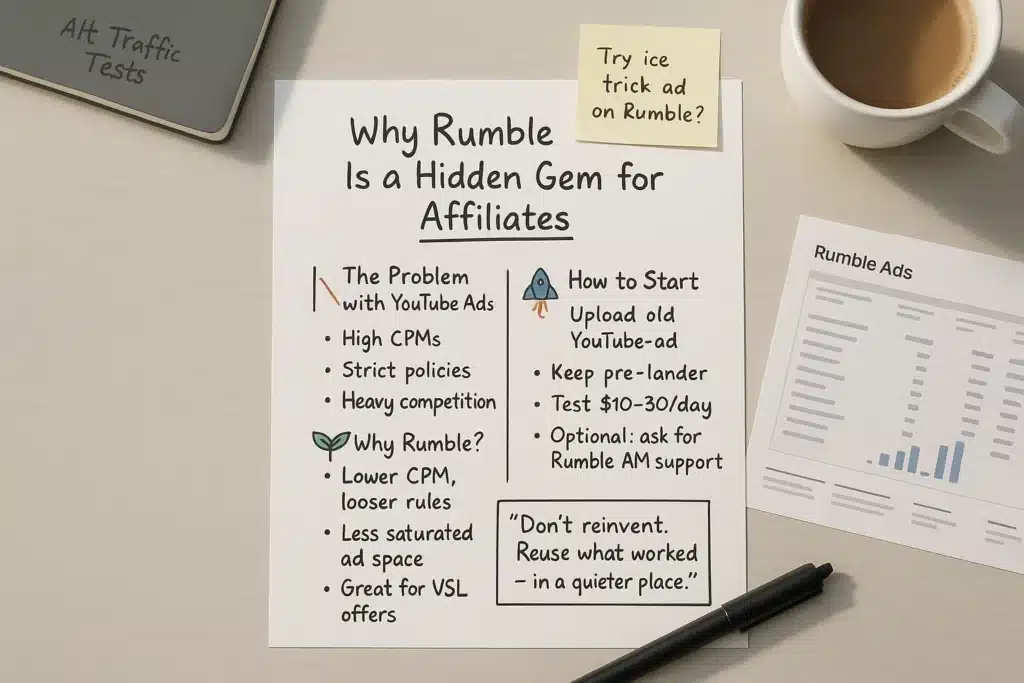
What Is Rumble?
Rumble is a video-sharing platform similar to YouTube — but smaller, and focused mainly on the U.S. market.
It’s gaining attention because of:
- More relaxed content policies
- Significantly lower CPMs
- Less advertiser competition
I first heard about it from a foreign affiliate who shared this:
“Just repurpose your YouTube video ad, keep the same pre-lander, and test it on Rumble — I got conversions on Day 1.”
And they were right. The CPMs were noticeably cheaper, traffic was consistent, and the campaign turned a profit. It wasn’t scaled to the moon, but it proved one thing:
Rumble is a promising new traffic source.
This is common with emerging platforms — they’re cheaper and more open at the beginning. But once the crowd arrives, prices go up and policies tighten.
This might be your window.
Who Is Rumble For?
- Marketers struggling with rising YouTube Ad costs
- Beginners who want to try paid traffic without a huge budget
- Affiliates with great creatives but limited reach due to high competition
Especially if you’re promoting VSL offers, or anything in the health, beauty, or weight loss niches — Rumble could offer a much easier entry point than Facebook or YouTube.
How to Get Started
It’s simpler than you think.
- Create a Rumble Ads account
- Upload your video ad
- Link to your pre-lander or direct to the offer (depending on your funnel)
- Run a small test — $10 to $30/day to gauge performance
To speed things up, I recommend reaching out directly to a Rumble account manager if available. They’re surprisingly responsive and helpful.
If you’re feeling stuck with crowded, expensive ad platforms — give Rumble a shot.
Sometimes, profit doesn’t come from inventing something new.
It comes from taking something that already works — and moving it to a place where no one else is looking.
Final Thoughts
I know — maybe you came here looking for a “winning strategy,” a proven template, or a quick trick to boost ROAS in just a few days.
But after all the campaigns I’ve tested, the accounts I’ve lost, the late nights staring at failed hooks that didn’t convert, I’ve come to one conclusion:
The most sustainable skill in affiliate marketing isn’t a tool.
It’s not a traffic source.
And it’s definitely not the offer.
It’s your ability to write.
Your ability to market.
To write in a way that truly understands your audience.
To write in a way that sparks curiosity.
To write in a way that makes someone click — because they genuinely want to see what’s next.
When you know how to write compelling ads, you’re no longer tied to one platform — Facebook, Google, Rumble, TikTok, it doesn’t matter.
You’re no longer dependent on one traffic source, one tracker, or one affiliate network.
You stand firm — because you understand how people make decisions.
So if you don’t know where to start — write a headline.
If you’re not confident running ads yet — rewrite a working email into your own voice.
If you haven’t found success — take a hard look at how you’re speaking to your audience.
Because sometimes, the most sustainable path in affiliate marketing isn’t found in the latest tool —
It’s found in how deeply you understand your reader,
To the point they feel like you wrote the ad just for them.
